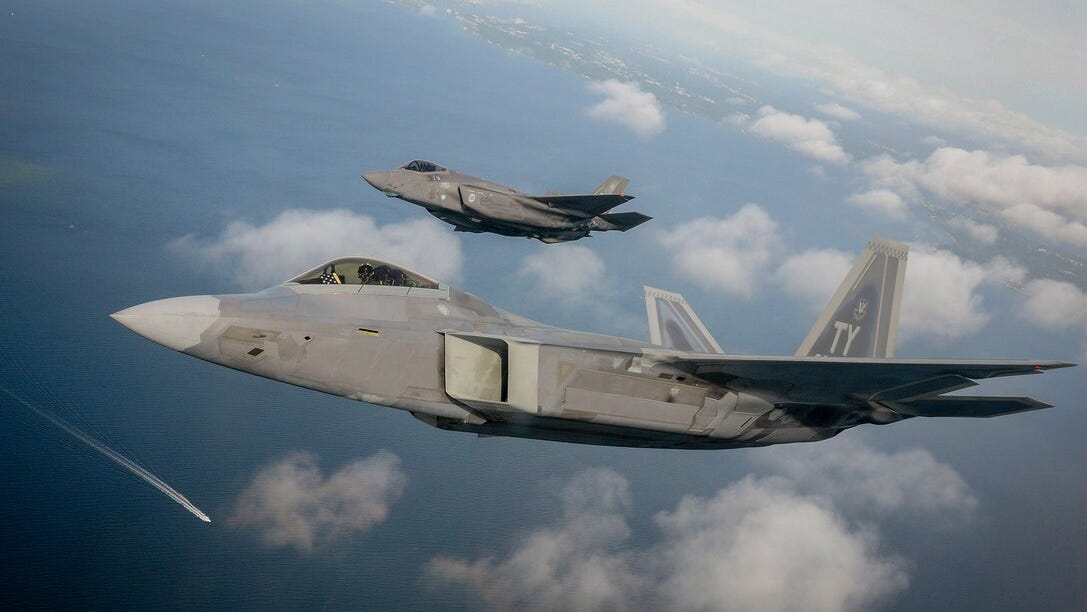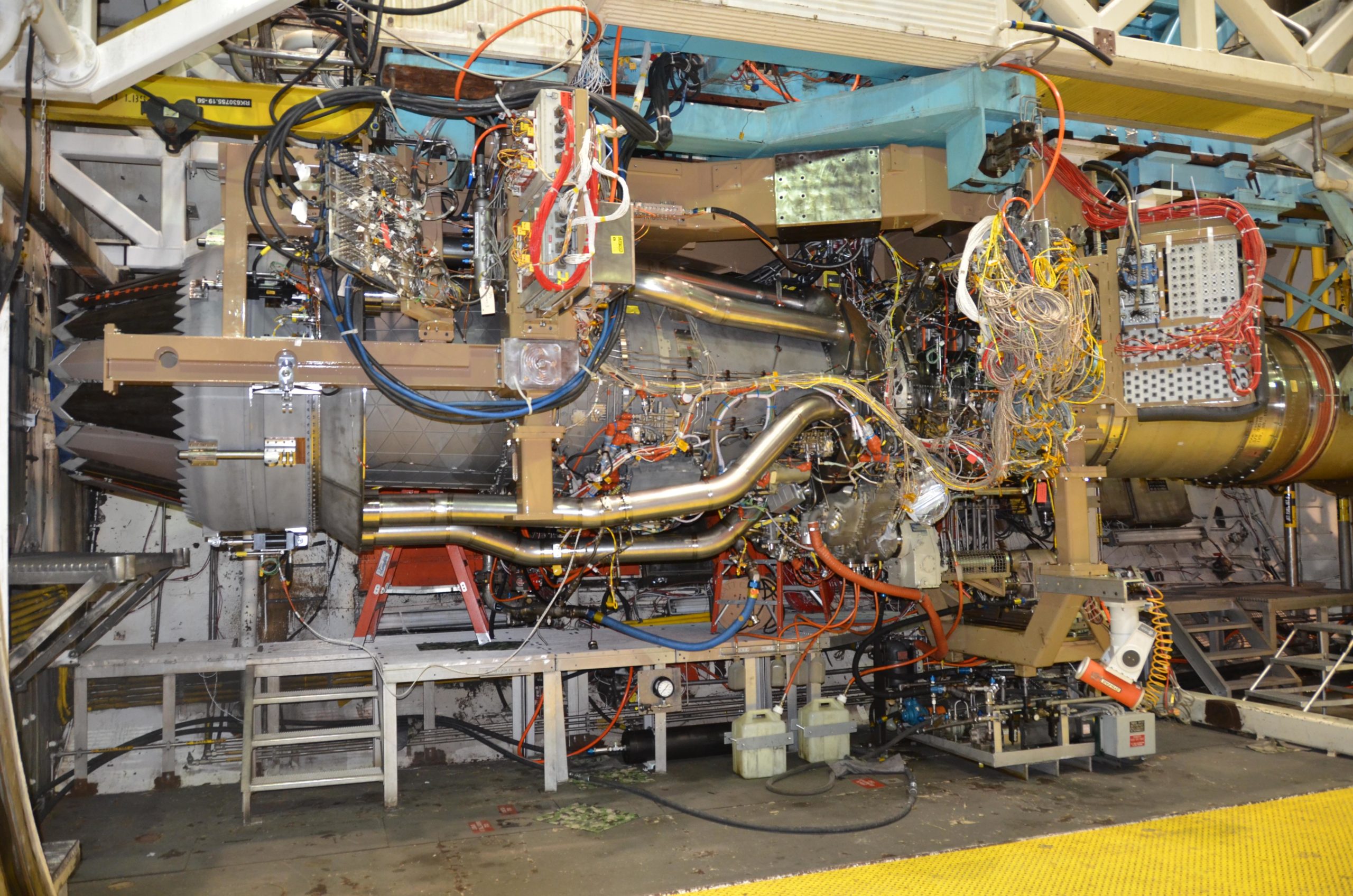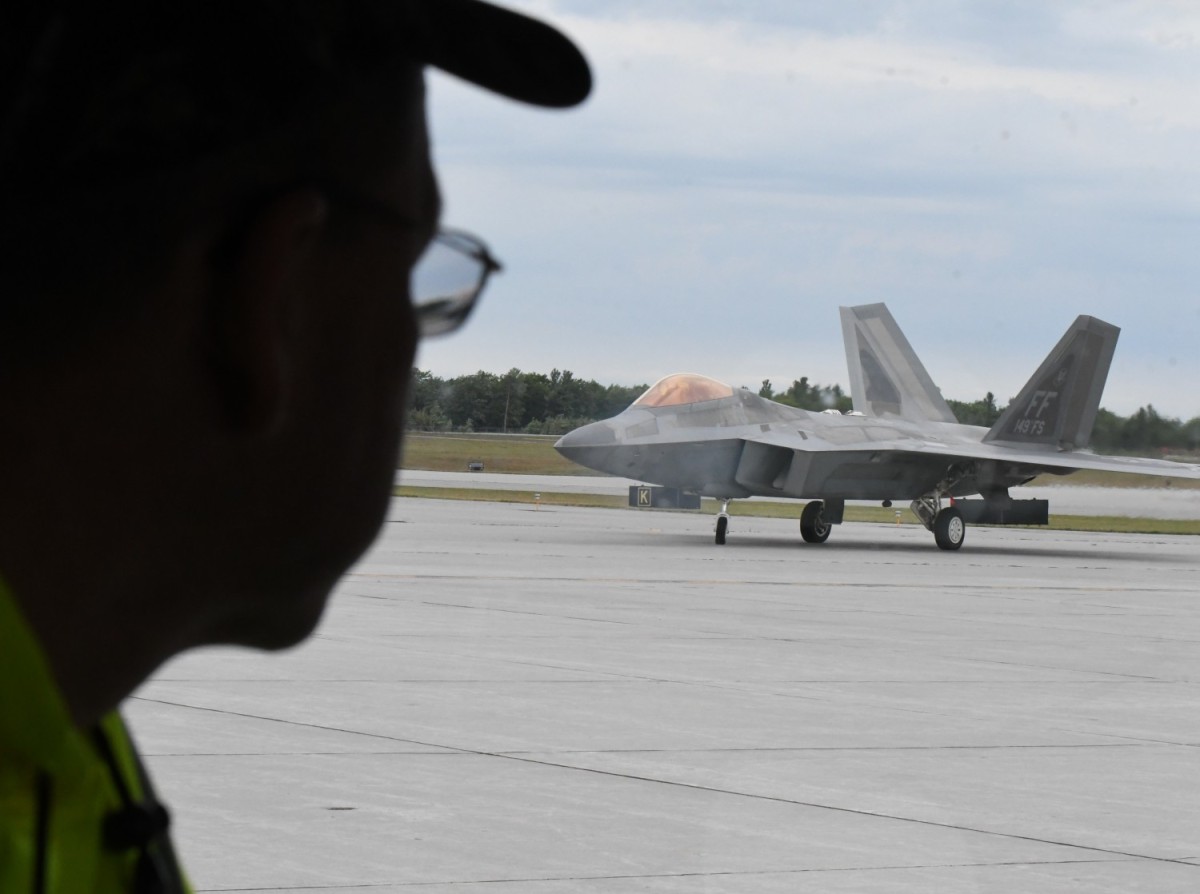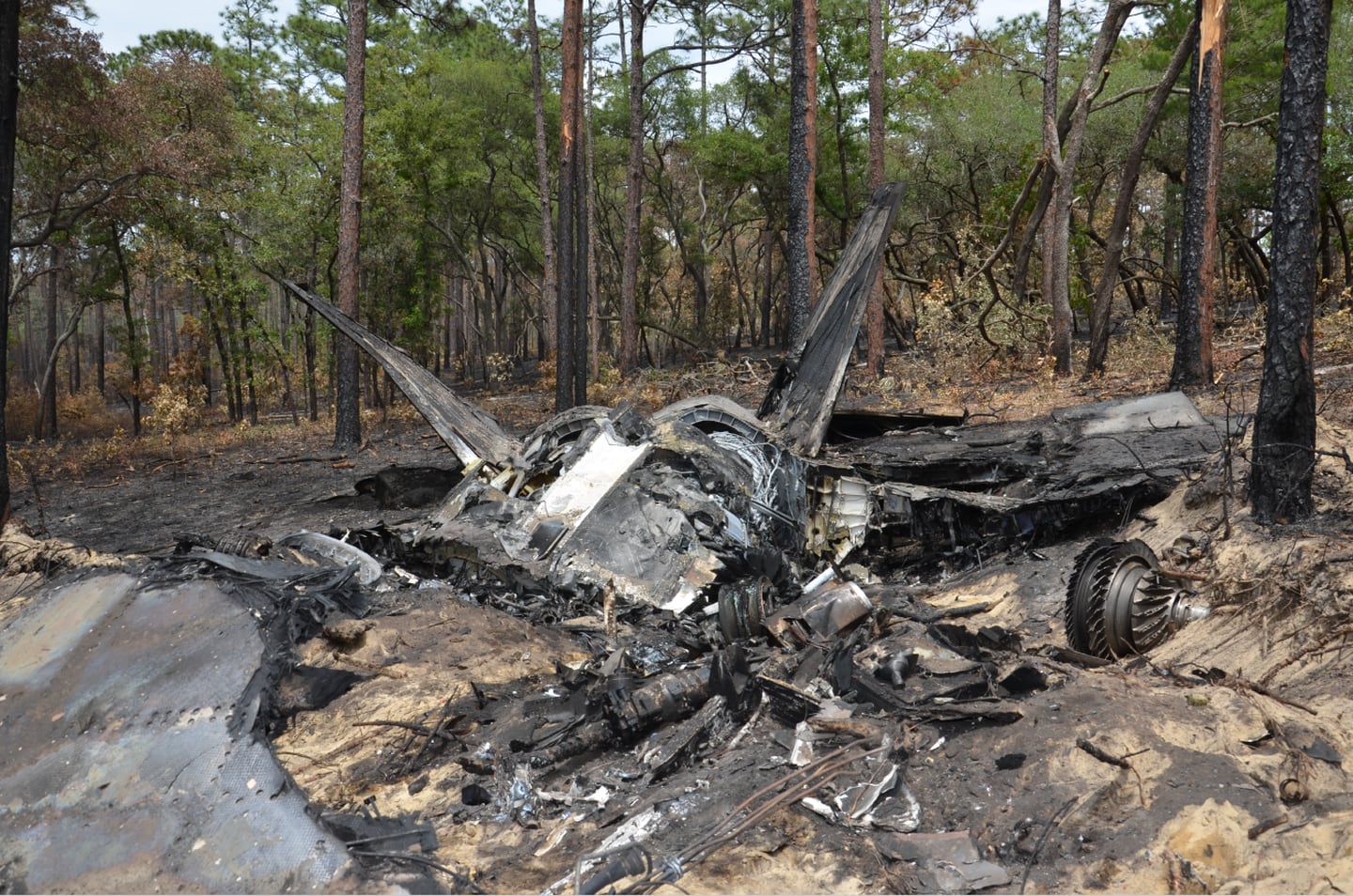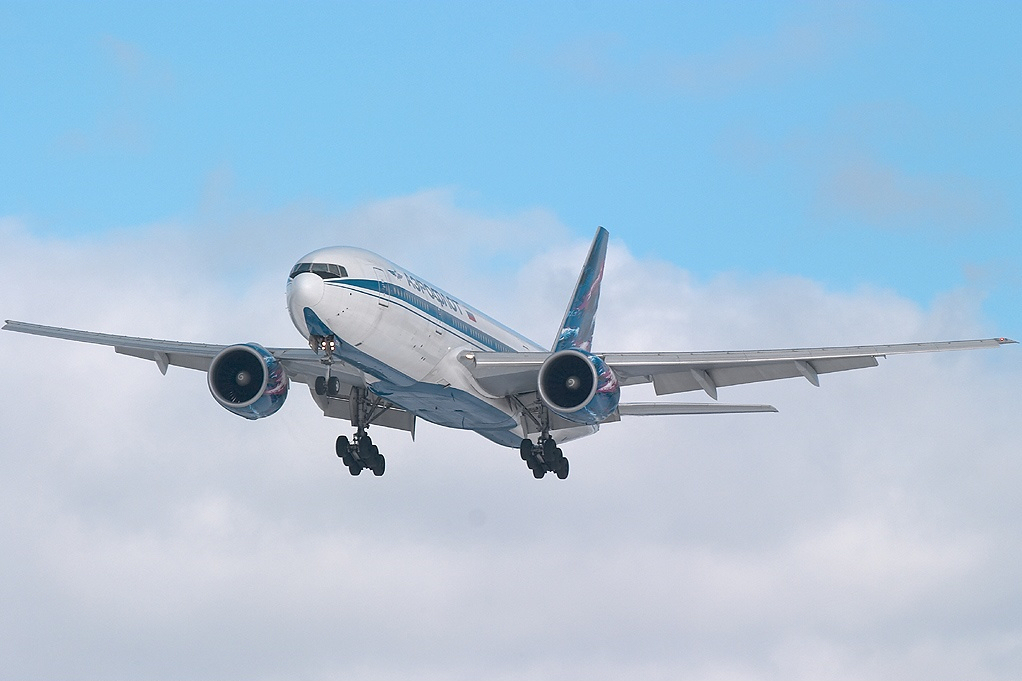Colonel Sandberg flew A-4 Skyhawks in the early 1970s. Graduating from USAFTPS in 1977, he served as operational test pilot in VX-4, Point Mugu, California, flying the A-4, F-4, F-14, and new F-18. He was the 31st pilot to ever fly a Hornet. After leaving active duty in 1982, he worked for Northrop as an engineering test pilot and finally as Director of the F-35 Integrated Test Team at Pax River. A former president of the Society of Experimental Test Pilots, he now works as an independent consultant. One of his clients is GENTEX Corporation, an HMD developer.


